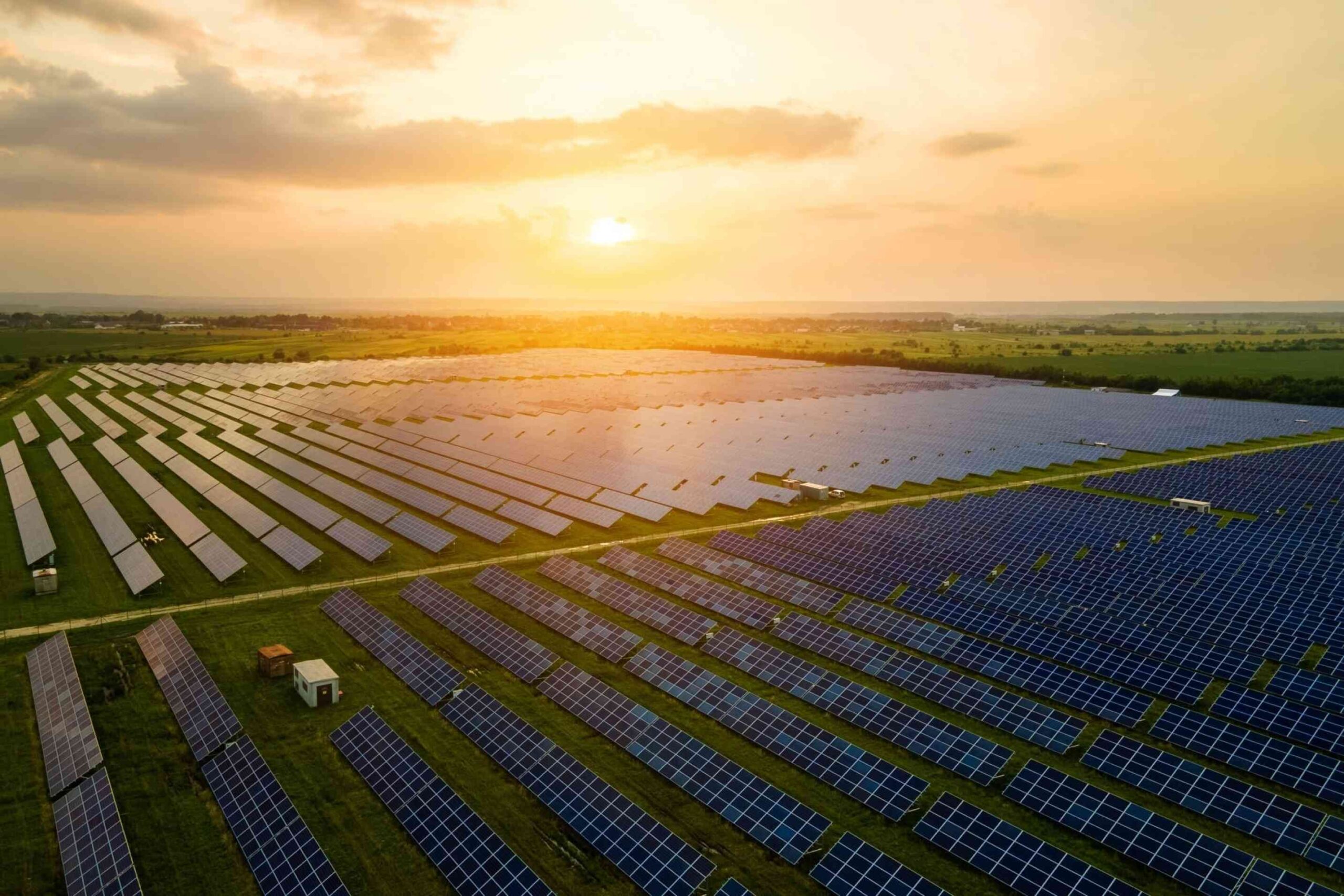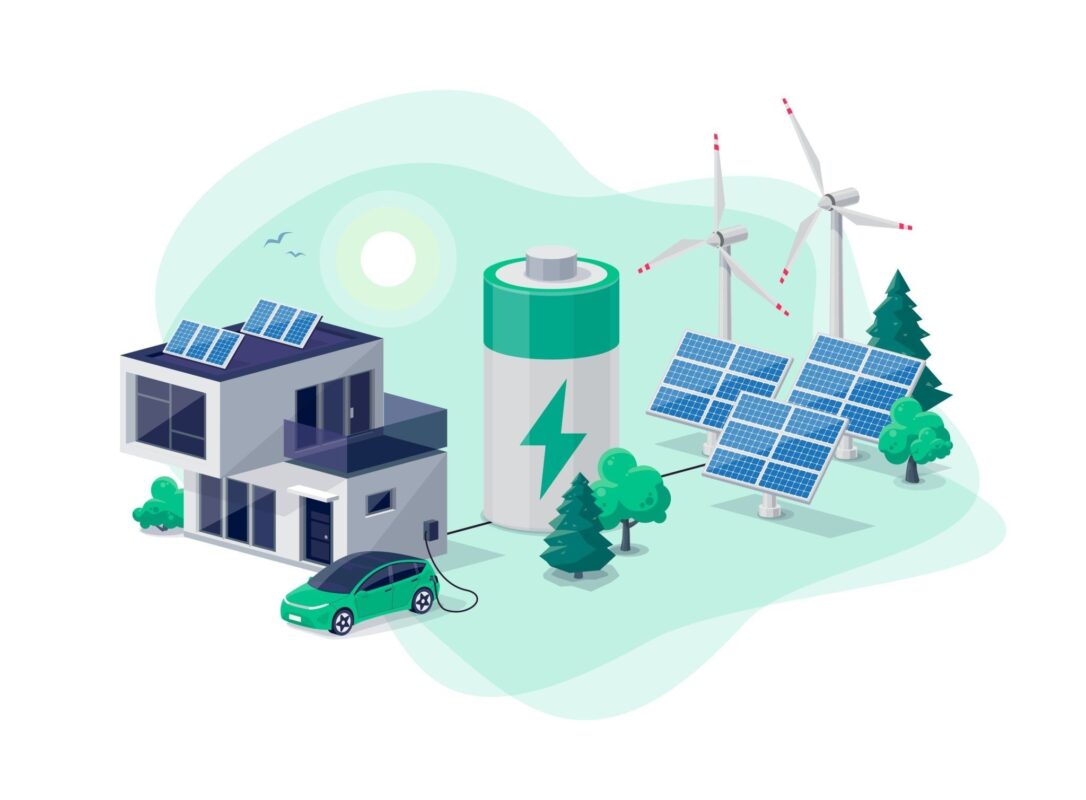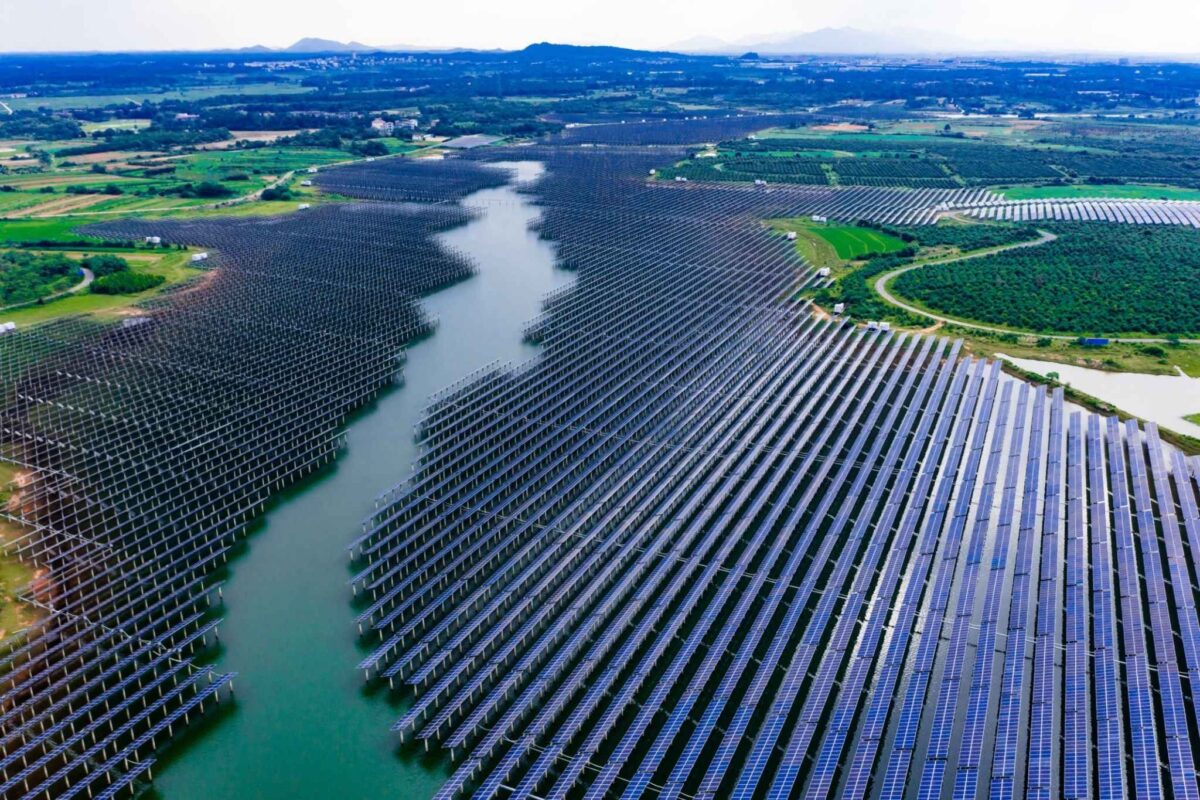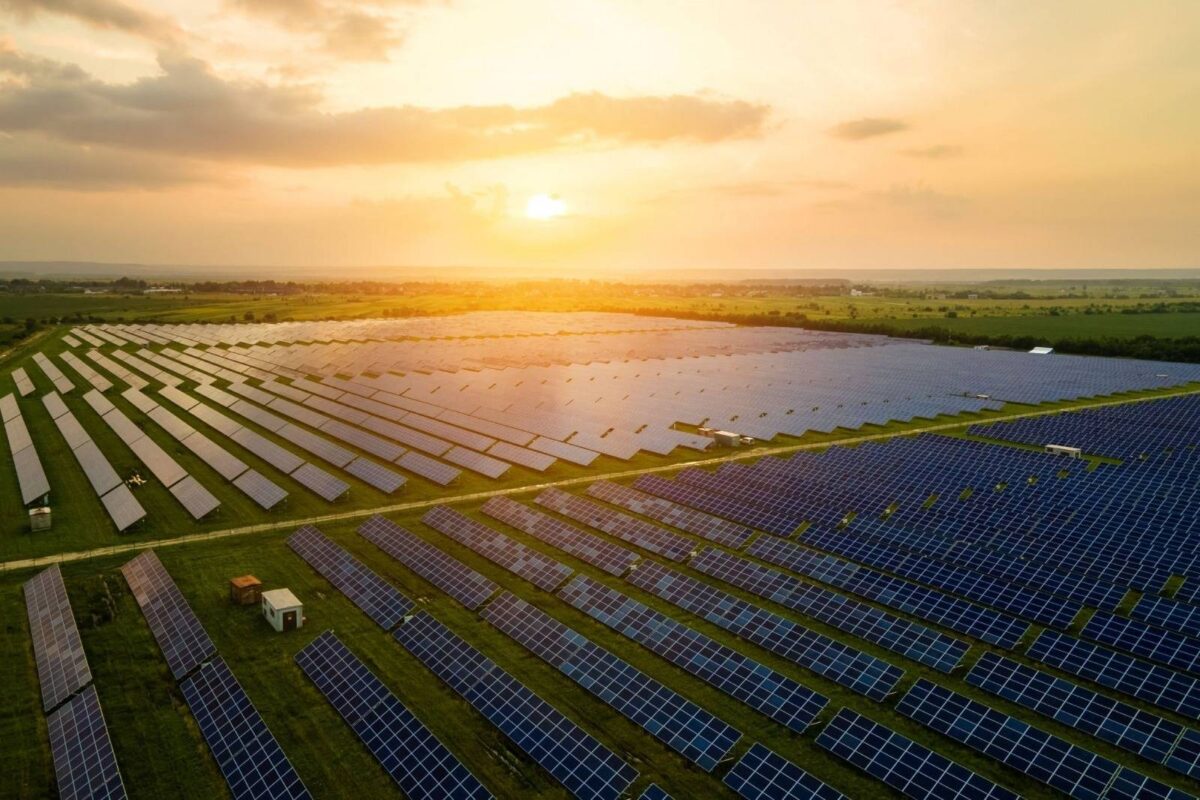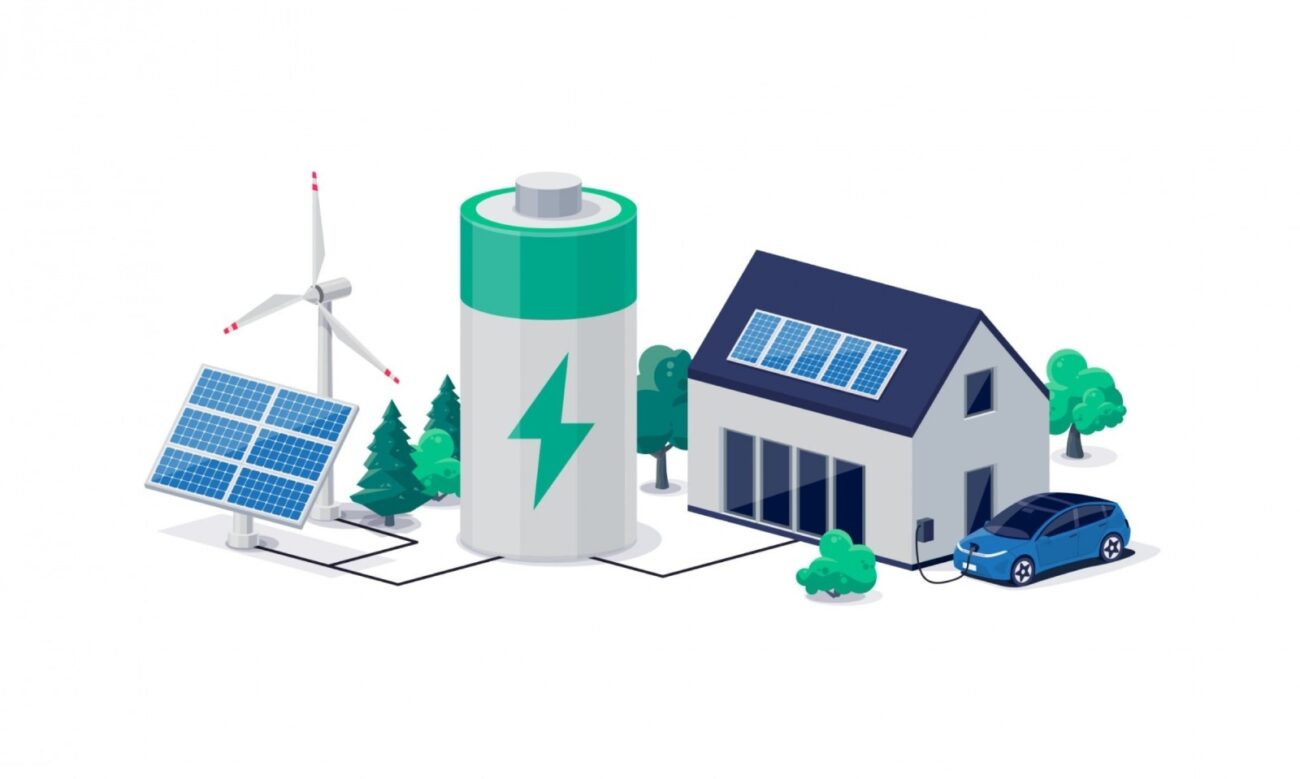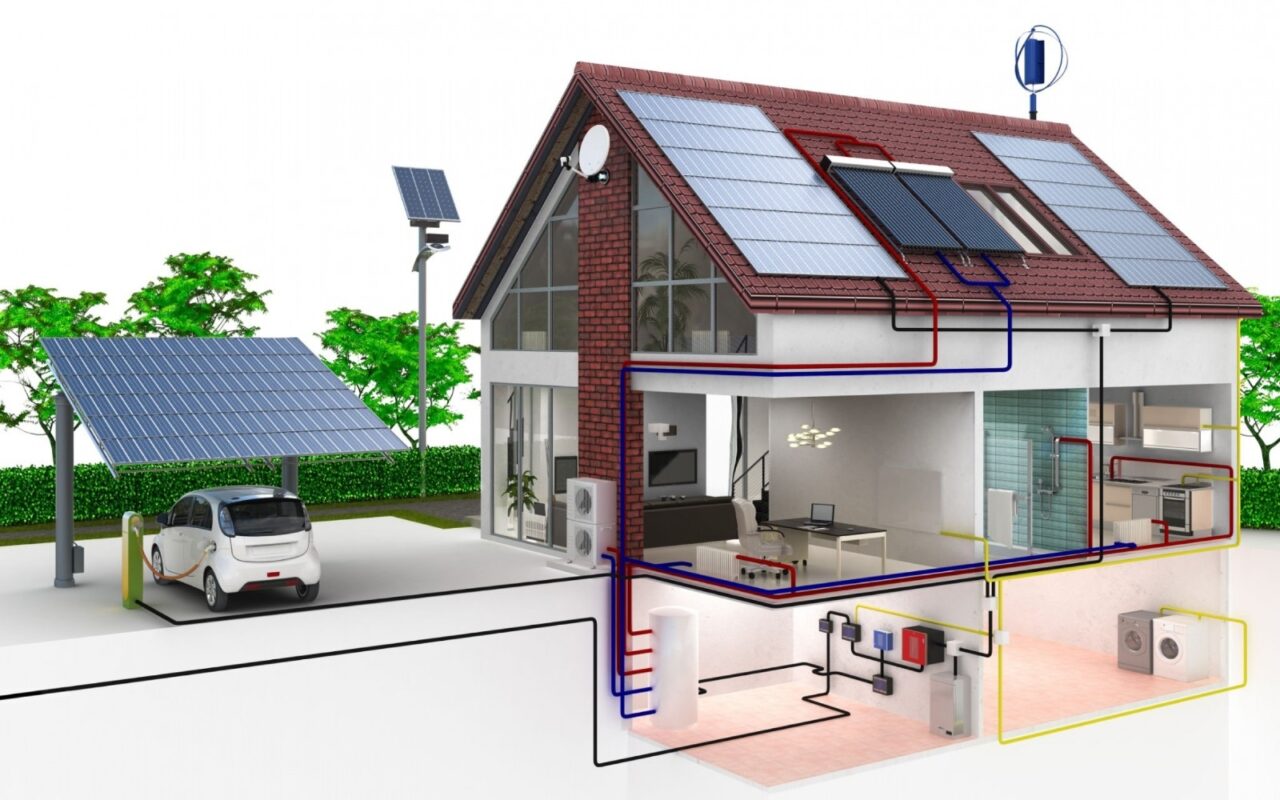Tandem solar cells have emerged as a promising technology in the field of photovoltaics, with the potential to significantly increase the efficiency and output of solar panels. In this article, we will explore what tandem solar cells are, how they work, and their advantages and disadvantages.
What are tandem solar cells?
A tandem solar cell is essentially two or more solar cells stacked on top of each other, with each cell having a different bandgap. Bandgap is the energy difference between the top of the valence band and the bottom of the conduction band in a material, and it determines the amount of energy required for an electron to move from the valence band to the conduction band. Different materials have different bandgaps, and the bandgap of a material determines the wavelengths of light that it can absorb.
The idea behind tandem solar cells is to create a device that can absorb a wider range of wavelengths of light, which can increase the efficiency of the solar cell. This is because a single-junction solar cell can only absorb a limited range of wavelengths, which means that a significant portion of the solar spectrum is not being utilized.
How do tandem solar cells work?
Tandem solar cells work by stacking two or more solar cells with different bandgaps on top of each other, so that the photons that are not absorbed by the top cell can pass through and be absorbed by the bottom cell. The top cell has a smaller bandgap than the bottom cell, which means it can absorb higher energy photons (shorter wavelengths) and the bottom cell has a larger bandgap, which means it can absorb lower energy photons (longer wavelengths).
The top and bottom cells are connected in series, which means that the current generated by the top cell flows through the bottom cell, increasing the overall output of the device. Tandem solar cells can be made from a variety of materials, including silicon, III-V compounds, and perovskites, and each material has different advantages and disadvantages.
Advantages of tandem solar cells
Tandem solar cells have several advantages over single-junction solar cells. One of the biggest advantages is their higher efficiency. By stacking two or more solar cells with different bandgaps, tandem solar cells can capture a wider range of wavelengths of light, which can increase the efficiency of the solar cell. In fact, tandem solar cells have achieved efficiencies of over 29%, which is significantly higher than the efficiency of single-junction solar cells.
Another advantage of tandem solar cells is their versatility. Tandem solar cells can be made from a variety of materials, including silicon, III-V compounds, and perovskites, which means that they can be optimized for different applications. For example, silicon-based tandem solar cells are ideal for rooftop solar panels, while III-V compound-based tandem solar cells are better suited for space applications.

Disadvantages of tandem solar cells
Despite their many advantages, tandem solar cells also have some disadvantages. One of the biggest disadvantages is their complexity. Tandem solar cells require the precise stacking of two or more solar cells with different bandgaps, which can be challenging to manufacture. Additionally, the fabrication process can be more expensive than that of single-junction solar cells.
Another disadvantage of tandem solar cells is their sensitivity to shading. Because tandem solar cells are connected in series, shading on one cell can significantly reduce the output of the entire device. This means that tandem solar cells require careful installation and placement to avoid shading.
Applications of tandem solar cells
Tandem solar cells have a wide range of potential applications due to their high efficiency and versatility. Some of the main applications of tandem solar cells are:
- Solar energy generation: Tandem solar cells are particularly well-suited for use in solar panels, where their increased efficiency can help to reduce the cost of solar energy. By capturing a wider range of wavelengths of light, tandem solar cells can convert more of the sun’s energy into usable electricity, making them ideal for use in both residential and commercial solar panel installations.
- Portable devices: Tandem solar cells can also be used in portable electronic devices such as smartphones, tablets, and laptops. These devices require lightweight and compact power sources, and tandem solar cells can provide a high level of efficiency in a small form factor. In addition, tandem solar cells can be integrated into the design of these devices, making them a seamless part of the product.
- Space applications: Tandem solar cells are well-suited for use in space applications due to their high efficiency and ability to operate in low light conditions. In space, solar cells must be able to operate in extreme temperatures and radiation, and tandem solar cells can provide a reliable source of power for spacecraft and satellites.
- Building-integrated photovoltaics: Tandem solar cells can be integrated into building facades and roofs, providing a high level of energy efficiency for buildings. This can help to reduce the cost of energy for building owners and reduce their carbon footprint. In addition, tandem solar cells can be designed to match the aesthetic of the building, making them a visually appealing addition to the architecture.
- Military and defense applications: Tandem solar cells can also be used in military and defense applications, such as remote surveillance systems and communication devices. These devices require reliable and efficient power sources, and tandem solar cells can provide a high level of energy efficiency in a small and lightweight package.
Overall, tandem solar cells have the potential to revolutionize the field of photovoltaics and provide a sustainable and reliable source of energy for a wide range of applications. As technology continues to advance and the cost of tandem solar cells decreases, we can expect to see even more applications for this promising technology in the future.

